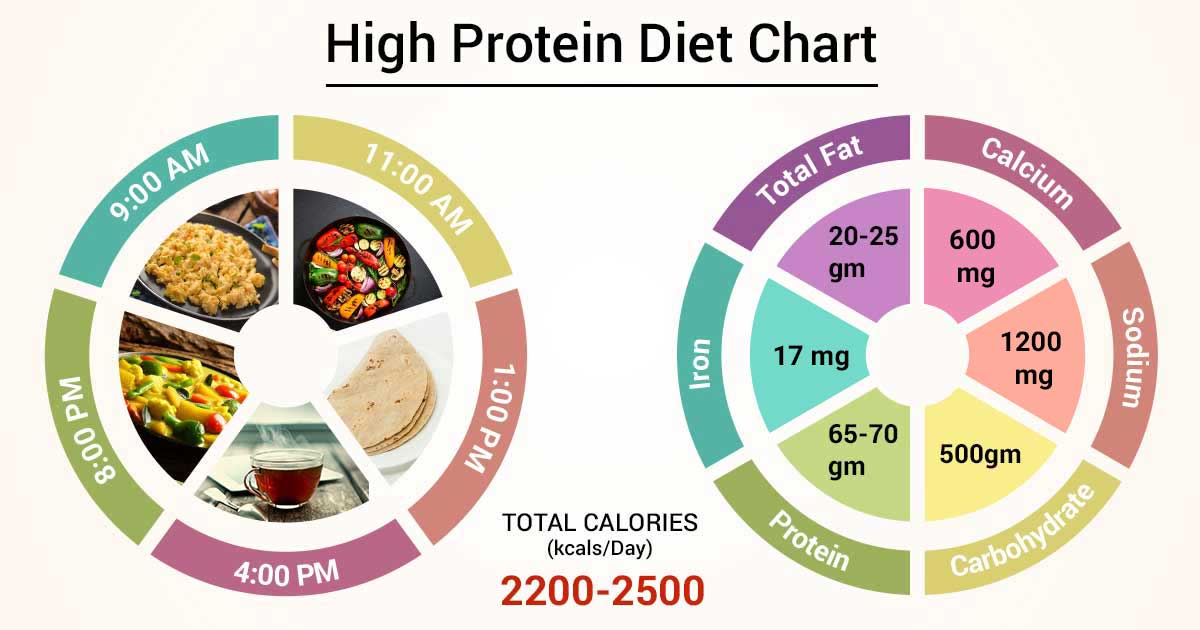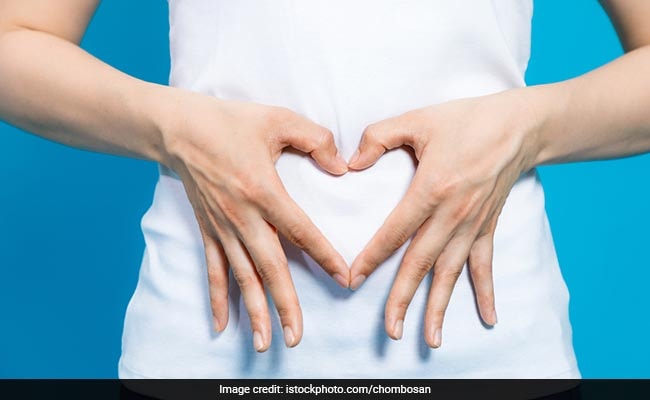
Going vegan or vegetarian is one of your best options to lower your environmental impact. You can make a difference in the world by avoiding animal products. This will also help reduce your carbon footprint. Reducing your meat consumption can help you reduce your overall food intake. Animals require a lot. And if you are concerned about how much meat you eat, there are many vegan and vegetarian options.
Plant-based diets
It is a great way to help the environment. Compared to meat-based diets, they require less land and water to produce. The University of Oxford estimates that a plant-based diet could save as much as 35-50% of cropland. It could also help save around 6.6 billion metric tonnes of nitrogen fertilizer, and 280 millions metric tons of CO2 each year.
Studies have shown that animal products, such as meat and dairy products, are responsible for 14.5% all human-induced greenhouse gases. This impact can be reduced by decreasing the number and improving farm practices. Farms can use animal waste as fertilizer or capture methane gas to generate energy. While animal foods can still be a part of a sustainable diet, a greater proportion of plant-based foods is the best choice.
Flexitarianism
Recent studies on meat reduction and flexitarianism have demonstrated the value of qualitative research, which can identify mundane barriers and facilitators. These barriers and facilitators usually exist in domains that have both the potential for and limitations of their respective abilities. This article synthesizes findings from two explorative research studies that looked at the attitudes of Dutch Flexitarians to their chosen diet.

Research shows that motivations to eat a flexitarian diet can be correlated with both capability and opportunity. These variables can be used to understand modern food consumers' motivations. They can also serve as a basis for encouraging people to be food innovators to create healthier planets.
Veganism
Veganism does have its benefits, but it is not sustainable. It consumes less land than other diets. Even though this sounds great, meat causes five times more emissions than a vegan diet. Locally grown produce is a better choice than buying imported. This will reduce the carbon emissions from transporting it long distances. You won't be supporting companies that exploit workers, or employ poor labour practices by buying local food.
Another disadvantage of veganism is that it deprives the body of many essential nutrients. This is due to the fact that most plant-based food are low in essential nutrients. These foods may have some essential nutrients but their bioavailability might be limited. Vegans need to ensure they are able to eat a variety foods with different nutritional value.
Vegetarianism
A vegetarian diet's environmental impact can be determined by how much water it uses and how much land it occupies. The EAT–Lancet Commission is a group made up of 16 scientists. They evaluated a number environmental impacts that are associated with different diets. It found that vegetarian diets had minimal environmental impacts and consumed the least amount water and land.
Although the health benefits associated with a vegetarian diet have been widely recognized, policymakers should also take into account other considerations. Some circumstances may allow for the consumption of meat to be beneficial to farmers or pastoralists who are becoming increasingly dependent on global market prices. In either case, policymakers should be aware of the different impacts of vegetarian diets in order to create sustainable agricultural systems.

Pescatarian diets
While most vegetarians disagree with the slaughter of animals for food, pescatarians are a better option in terms of animal welfare. Since fish don’t have a neuron, they feel no pain. They are therefore a more humane option. Furthermore, pescatarian diets support sustainable farming practices.
The pescatarian lifestyle is very similar to that of the Mediterranean, Japanese, Nordic, and Nordic diets. There are more fresh fruits and vegetables than meat. It has a lower amount of meat than Western diets which often contain a lot of red meat, fat, or carbohydrates.
FAQ
Why is it important to live a healthy life?
Having a healthy lifestyle helps us live longer, happier lives. A healthy diet, regular exercise, good sleep habits, and stress management will help prevent diseases like heart disease, diabetes, cancer, and stroke.
A healthy lifestyle will improve our mental well-being and help us deal better with everyday stresses. Healthy living will boost self-confidence and make you look and feel younger.
What makes an antibiotic effective?
Antibiotics are medications that kill harmful bacteria. The treatment of bacterial infections is done with antibiotics. There are many types and brands of antibiotics. Some can be taken orally, others are injected and some are applied topically.
Antibiotics are often prescribed to people who have been exposed to certain germs. One example is if someone has had chickenpox and wants to prevent shingles. Penicillin might also be administered to someone with strep throat. This will help prevent the possibility of developing pneumonia.
Children should not be given antibiotics without the consent of a doctor. Children are more susceptible to side effects from antibiotics than adults.
The most common side effect of antibiotics is diarrhea. Other side effects that could occur include nausea, vomiting and dizziness. These side effects typically disappear once treatment is complete.
Is cold a sign of a weak immune response?
According to some, there are two kinds: people who love winter and people who hate it. It doesn't matter if you love it or not, it is possible to wonder why it makes you feel so miserable when it gets cold outside.
The reason is simple: Our bodies are meant to function best in warm conditions. We evolved to thrive in hot environments because of the abundance of food resources.
Today's environment is vastly different from the one our ancestors experienced. We spend more time indoors, are often exposed at extreme temperatures (cold and hot), and eat processed food rather than fresh.
As a result, our bodies aren't used to such extremes anymore. That means that when we do venture outdoors, we're left feeling tired, sluggish, and even sick.
However, there are ways to counter these effects. Staying hydrated is one way to combat this. You can help flush out toxins and keep your body hydrated by drinking plenty of water.
Another important step is to ensure that you're eating healthy meals. Consuming healthy food helps maintain your body's optimal temperature. This is especially helpful for people who spend a lot of time indoors.
Consider taking a few moments each morning to meditate. Meditation is a great way to relax your body and mind. It makes it easier for you to cope with stress and illness.
Statistics
- In both adults and children, the intake of free sugars should be reduced to less than 10% of total energy intake. (who.int)
- WHO recommends reducing saturated fats to less than 10% of total energy intake; reducing trans-fats to less than 1% of total energy intake; and replacing both saturated fats and trans-fats to unsaturated fats. (who.int)
- The Dietary Guidelines for Americans recommend keeping added sugar intake below 10% of your daily calorie intake, while the World Health Organization recommends slashing added sugars to 5% or less of your daily calories for optimal health (59Trusted (healthline.com)
- According to the 2020 Dietary Guidelines for Americans, a balanced diet high in fruits and vegetables, lean protein, low-fat dairy and whole grains is needed for optimal energy. (mayoclinichealthsystem.org)
External Links
How To
What does "vitamin" actually mean?
Vitamins are organic substances found naturally in food. Vitamins help us absorb nutrients from foods we eat. The body cannot make vitamins; therefore, they must be obtained from food.
There are two types vitamins: water soluble or fat soluble. Water-soluble vitamins dissolve readily in water. These include vitamin C (thiamine), Vitamin B1 (riboflavin), Vitamin B2 (riboflavin), Vitamin B3 (niacin), Vitamin B6 (pyridoxine), Vitamin C, B1 (thiamine), Vitamin B2 (riboflavin), Vitamin B3 (niacin), and Vitamin B6 (pyridoxine). Fat soluble vitamins are stored in the liver and fatty tissue. These include vitamin D, E and K, as well as beta carotene.
Vitamins can be classified by their biological activity. There are eight major vitamin groups:
-
A - Vital for healthy growth.
-
C - essential for proper nerve function, and energy production.
-
D - necessary for healthy bones and teeth.
-
E - required for good vision & reproduction.
-
K - Required for healthy nerves and muscles.
-
P – vital for building strong bones.
-
Q - aids digestion, absorption and absorption iron
-
R – Required for making red blood vessels.
The recommended daily allowance (RDA), for vitamins, varies based on gender, age, and physical condition. The U.S. Food and Drug Administration, (FDA), sets the RDA value.
For example, the RDA for vitamin A is 400 micrograms per dayfor adults 19 years or older. However, pregnant women need 600 micrograms per day because it is important for fetal development. Children ages 1-8 require 900 micrograms per day. Infants under one year of age require 700 micrograms per day, but this amount decreases to 500 micrograms per day between 9 months and 12 months of age.
Children between the ages of 1-18 need 800 micrograms per daily for obesity, while those overweight require 1000 micrograms. To meet their nutritional needs, children underweight and obese need 1200micrograms.
Children between 4-8 years of age who have been diagnosed by anemia must consume 2200 micrograms daily of vitamin C.
2000 micrograms are required daily for good health in adults over 50. Women who are pregnant or breastfeeding need 3000 micrograms per day due to increased nutrient requirements.
Adults over 70 require 1500 micrograms each day, since they lose approximately 10% of muscle mass each decade.
Women who are pregnant and lactating need more nutrients than the RDA. Pregnant woman need 4000 micrograms daily in pregnancy and 2500 per day after childbirth. Breastfeeding moms need 5000 micrograms per daily when breastmilk production occurs.